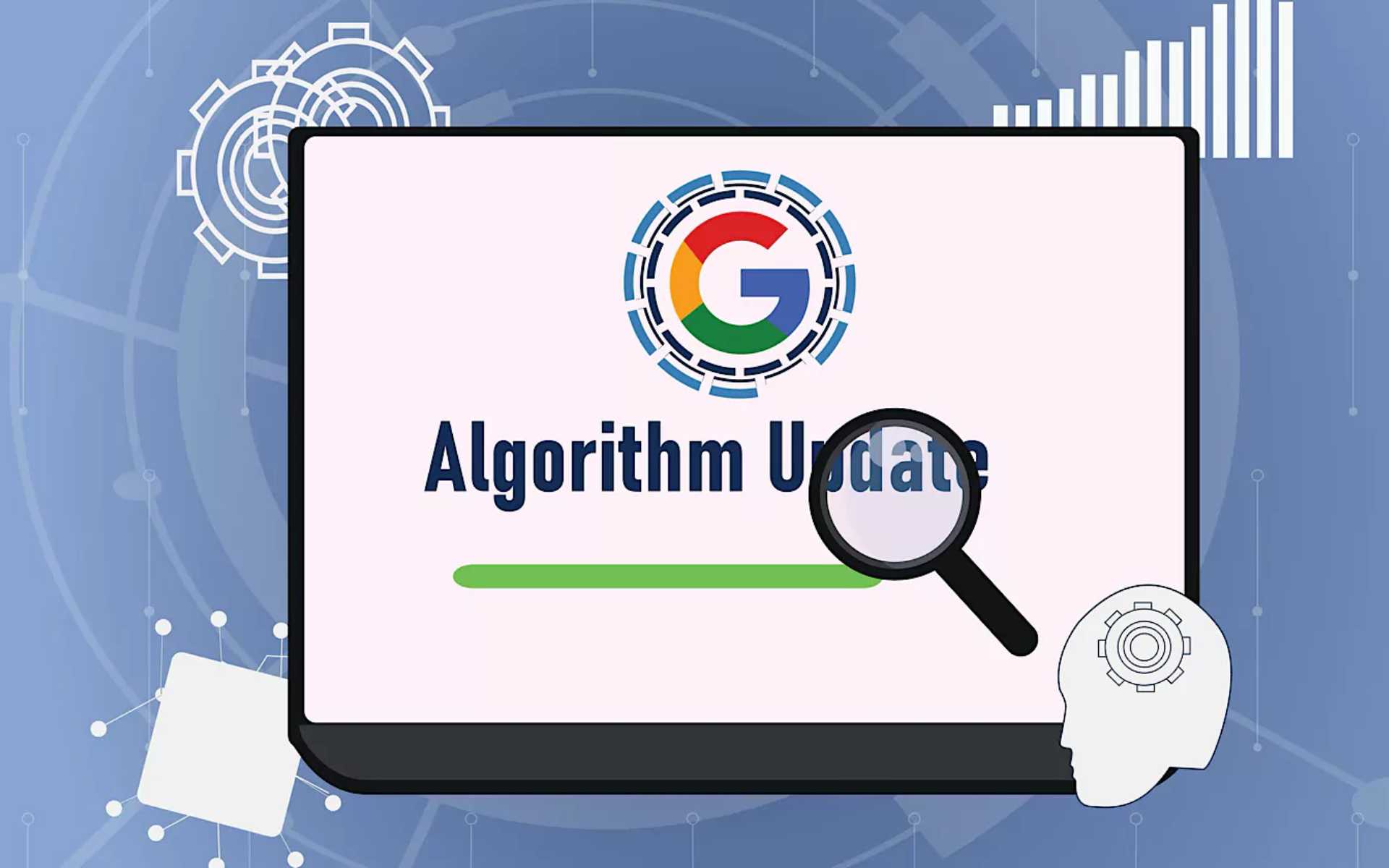Introduction
YouTube continues to enhance its platform for podcast creators with the introduction of a new RSS feed integration. This feature aims to streamline the process of sharing podcast content on YouTube, offering podcasters a more efficient way to expand their reach. In this article, we’ll explore the key aspects of YouTube’s RSS feed integration and the benefits it brings to podcast creators.
YouTube's Innovative Move
YouTube has recently rolled out an innovative feature that allows podcast creators to directly upload their podcast RSS feeds to YouTube Studio. This integration simplifies the distribution of audio-focused content on YouTube, eliminating the need for manual uploads of individual podcast episodes.
Seamless RSS Feed Connection
Podcasters can now seamlessly connect their RSS feeds to YouTube Studio, ensuring that new episodes are automatically synchronized with their YouTube channels. This streamlined process makes it easier for podcast creators to manage their content on YouTube without the hassle of manual uploads.
Automatic Video Creation
The heart of this integration lies in the automatic creation of videos from podcast episodes. When a new episode is added to a podcaster’s RSS feed, YouTube will generate a static image video for that episode. This video is then automatically uploaded to the creator’s channel, sparing podcasters from the task of creating and uploading videos for each episode manually.

Benefits for Podcasters
The integration of RSS feeds with YouTube brings several benefits for podcast creators looking to leverage the platform’s extensive reach and audience.
Centralized Content Hub
YouTube becomes a more centralized hub for podcast creators’ content through this integration. By utilizing their existing RSS feeds, podcasters can efficiently bring their shows to YouTube without the need for manual intervention. This centralized approach simplifies content management for creators.
Time and Effort Savings
The automated process of converting RSS feed episodes into static image videos saves podcasters valuable time and effort. This automation is especially beneficial for creators dealing with regular episode releases, allowing them to focus more on content creation and audience engagement.
Expanding Reach on YouTube
The overarching benefit is the potential for podcasters to reach a broader audience on YouTube. With the platform’s large user base, podcast creators can attract more listeners, views, and subscribers. Expanding distribution to YouTube becomes a strategic move for podcasts aiming for increased visibility.
Future Outlook
While YouTube’s RSS feed integration is currently in beta testing, the platform aims to refine the feature based on user feedback. The company envisions this tool as a valuable addition to podcast hosting and distribution options, providing creators with an effective and user-friendly solution.
Conclusion
YouTube’s RSS feed integration marks a significant step in simplifying podcast distribution on the platform. The automated process, seamless RSS feed connection, and centralized content hub make YouTube an attractive destination for podcast creators. As this feature undergoes further refinement, podcasters can anticipate a more streamlined experience in sharing their audio content with YouTube’s vast audience.







